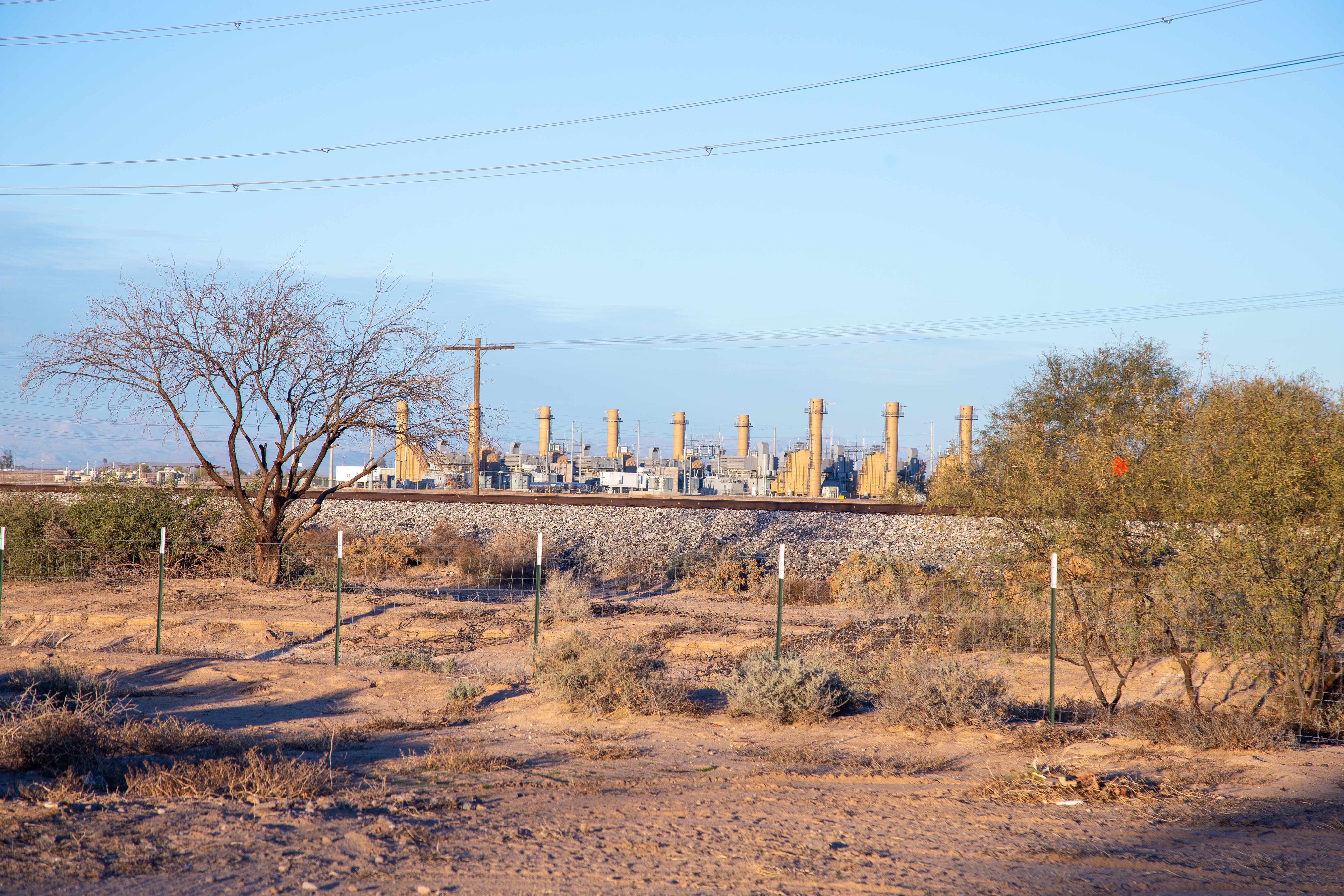Climate change is having devastating impacts in Arizona, including extreme and long-lasting drought, more extreme heat and heat-related deaths, and larger wildfires, among other impacts. Despite this, Salt River Project (SRP) is doubling down on the fossil fuels that contribute to the climate crisis, proposing to add more and more fossil gas generating units to its power plants.
Probably the most outrageous recent decision by the SRP board was its September 2021 vote to approve adding 16 gas units at its Coolidge Generating Station for a total of 820 additional megawatts, right next door to the historic Black community of Randolph, increasing air pollution, noise, and lighting impacts - a textbook case of environmental racism. A majority of commissioners on the Arizona Corporation Commission (ACC) saw the significant harm from this proposal, recognized it was not in the public interest, and rejected the siting for these units.
But SRP does not like to take no for an answer, so it is suing the ACC to reverse this decision. Meanwhile, SRP had already purchased eight of the 16 gas units, assuming that the Commission would rubber stamp its project, so in addition to suing the ACC, it is moving forward with siting two of those eight units at another location.
In September 2022, the SRP board approved placing two of the gas units it had purchased for the Coolidge project at the site of SRP’s Copper Crossing solar facility. In the discussions at the board meeting, SRP management made it clear that a gas pipeline for the Copper Crossing facility would be sized to accommodate four gas generating units, so it appears they already have plans to add additional units at the site later. By splitting up this four-turbine project into stages and siting only two units at a time, SRP is evading oversight from the ACC, which only regulates siting of new energy projects of 100 MW or more. SRP’s shameful attempt to circumvent Arizona’s power plant siting regulations undermines the intent of the law and demands strong scrutiny.
As if all this gas was not enough, SRP had previously approved construction of two additional gas units at the Agua Fria Generating Station in Glendale and two more new gas units at the Desert Basin power plant in Casa Grande. Moreover, SRP now proposes to install new components to increase the generating capacity of gas units at its Santan and Gila River power plants. In sum, SRP has embarked on a massive push to increase gas-fired generation throughout its system, despite the fact that gas is already 44 percent of SRP’s energy mix compared to only about four percent for solar energy.
Fossil gas prices are at a 14-year high, and continue to rise due to geopolitical and economic factors, a cost that is being passed on to SRP’s ratepayers. In addition to the high costs and volatility of gas prices, fossil gas also contributes significantly to climate change. Gas plants emit greenhouse gasses, primarily carbon, directly into the air. Extracting, processing, and transporting the gas to the power plant also have a significant climate impact and can include leaks of methane – as much as 4% of fracked gas is lost to leakage. Methane is a volatile organic compound and potent greenhouse gas, with about 30 times more global warming potential over 100 years compared to carbon dioxide.
So why is SRP so full of gas? Why does it insist on ramping up this resource so significantly despite the high and volatile price of fossil gas? Why doesn’t SRP build more solar plus storage projects instead, which generate clean, affordable energy and have no fuel costs?
Arizonans deserve better. SRP must pursue a cleaner path. Models developed by experts at Strategen Consulting demonstrate that SRP can achieve a much cleaner, more cost-effective portfolio by switching to renewable energy. To fight climate change and serve the best interests of its customers, SRP should significantly increase its investments in renewables and energy efficiency. So why all this gas?
